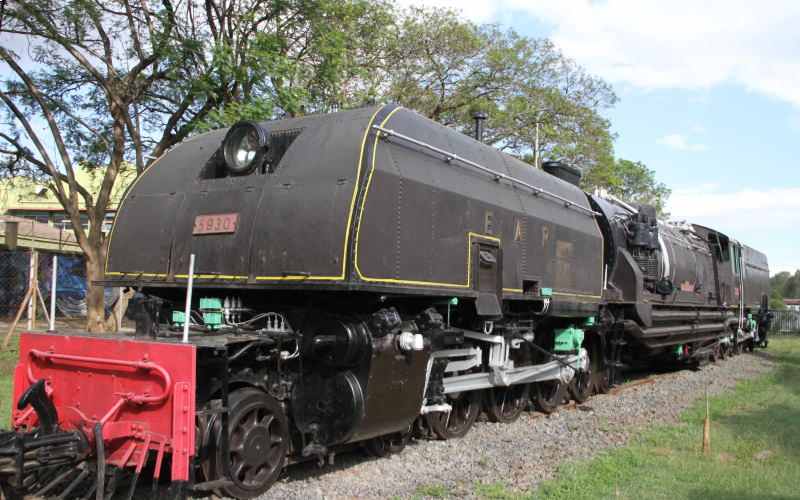The old Steam locomotive train One does not have to look far to spot the scars of our colonial legacy that dot the land.
There are reminders at every corner: from the names of our children and our streets; the foreign domination at the Nairobi Securities Exchange; the erosion of our culture and our infatuation with all things foreign.
More than a century after the nation found itself under the calloused thumb of the British Empire, we are still struggling to step out of the long shadow of colonialism.
The Kenya-Uganda Railway is one enduring legacy from the past that is still controversial.
And just as its builders used it to plunder the hinterland, so too have our present-day masters used it for personal gain. Read More
The railway remains a relic of its time; its modern sibling, the Standard Gauge Railway, is a reminder of broken dreams, poor policy and the carving of a nation for the benefit of an elite few in an eerie return to pre-colonial days.
It represents the good that the country once aspired to achieve, and how far it has fallen; both a gift and a curse.
The decision to build the metre-gauge railway was not unanimous. There was resistance from British Members of Parliament, and even nature appeared to conspire against the project.
Five years after the project was first mooted, not much had been done. Conversations in the British Parliament reveal how desperate the situation was.
On April 30, 1900, Foreign Affairs Undersecretary of State William Brodrick made a presentation in the House.
It had been five years since George Whitehouse, an engineer tasked by the Empire to build the railway, sailed into Mombasa with only a sketch of the proposed route. The piece of paper charted a 1,000-kilometre route that, if successful, would become one of the biggest feats of engineering by the British.Whitehouse and his labour force had managed to lay 737 kilometres of railway.On that April day, however, the reality of the magnitude of the project began to sink in. The biggest headache was the ballooning budget.“Many circumstances in the course of five years have occurred which have greatly affected the cost of constructing this railway, and to a greater extent than usually affects undertakings of this character,” Mr Brodrick told Parliament.Working blind“The committee must also recollect that the original estimates, upon which all parties were agreed and when upon a unanimous resolution of the House the […]
